November 15th, 2019
BURLINGTON, ON
At a November 4 meeting of Committee of the Whole, transportation staff was giving Council Committee an overview of their five year business plan for Transit.
Councilor Sharman had read the report carefully and he had major problems with some of the numbers. He didn’t like the math, and he had some very challenging words to staff on what he thought.
Subsequently, he made a motion to forward the staff report to the Council meeting Agenda of Monday, November 18 for further scrutiny and discussion. This motion was carried 5-2.
It will be interesting to see what happens at this meeting and how Council responds to his concerns and position. This analysis and startling assessment of a staff report, by a Councilor, is very unusual in my experience and is what motivated me to write this opinion piece.
“The numbers are all completely wrong, and there are a number of things where they don’t make sense”; “Table 5 is completely wrong”; are the gist of what he was reported to say in a story by the Burlington Gazette.
Since I was a citizen member of the City Development Charges Consultation Committee that considered the transportation and transit service plans, and I had expressed serious concerns of my own to this Committee on the transit plans and unfunded costs to 2031, and Councilor Sharman was the Committee Chair, I reached out to him to ask what was behind his serious concerns and the words he chose.
I found we had a lot in common in our views of what is really a complicated situation that is a big deal in its own right, but in particular, for laterals to the City Budget, which happens to be under review right now.
Significantly, the stated focus on Table 5 of the 5 year business plan report goes to the heart of his discontent as the Table summarizes the finances of the 5 year business plan – Planned Operating Costs and Revenue, wherein you can see the bottom line Net Operating Costs, dollars that need to be mostly funded from somewhere in the Budget, going from about $13.5 million to almost $20 million annually from 2020 to 2024.
And peering a little closer into some line items you can see another possible alarm bell in the fact that the Operating Costs are comparatively “hard”, if implemented, but the Revenue estimates, which are based on the assumed ridership associated with the services provided by the costs, are decidedly “soft”, and to the both of us, not believable.
As far as I can discern, neither Mr. Sharman nor I have any idea where this growth is going to come from, and this was also discussed at the DC Committee meetings. This is also being pushed by the Halton Region in their DC study to increase the modal split by assuming it can be done.
In our discussion I think the crux of the matter is shared – the lack of a rationale to show how the transit system configuration proposed will work to provide real results. Remember, this is a Business Plan, and it seems obvious that such a thing should have a firm evidentiary foundation in support of an expectation that it will work.
Mr. Sharman put it this way; I summarize
1. There was no assessment of the Burlington market, economic factors, routes (maybe 80% of ridership is all routes 1 and 101), long term history of transit numbers, forecast City demographic change and ridership mix impact.
2. Burlington ridership and routes are not much different than they were 20 years ago i.e. primarily between Burlington and Hamilton south of the QEW. The report has no analysis of ridership split between handivan and regular buses routes. Presumably, since we have been adding handivan buses and drivers, and with the increasing elder population % ridership growth the projected growth would be worth knowing.
3. The numbers in the report are entirely unrepresentative of anything to do with Burlington. The report is entirely premised on Region of Halton Modal Split targets for the next 5 years and from there calculating what ridership numbers would have to be in order to meet the 5 year target, which is 23% average growth per year.
4. The consultant then used Canadian Urban Transit Association standards to determine what that meant in terms of how many more buses, drivers, maintenance staff, overhead staff and facilities would need to be added to the budget in each year going forward. CUTA standards are aspirational goals that have been demonstrated to not actually represent any Burlington peer municipality (Jeff Casell, Waterloo University 2012). They are more representative of highly intensified big city circumstances.
5. So when you look at the numbers in the table provided, it shows that the 23% average will be highly front end loaded with a 36.5% growth in year 1 of the plan, i.e. from 2,000,000 riders in 2019 to 2,730,000 in 2020. When Mr. Sharman challenged the consultant on the number he was unable to explain the distribution.
6. The critical concern in this is not so much the report per se, but that that the 2020 budget for the City of Burlington includes funding to purchase 4 new buses and hire 8 new drivers. The report proposes that the City should do that in each of the following four years at a cost of $millions each year. Keep in mind that 1% increase in the City of Burlington budget equals $1.6m. Further, that transit revenue, presently, represents less than 25% of operating cost.
The risk is that that the City is about to pour all sorts of real hard dollars into a plan that is completely devoid of any substantive analysis, ridership projections or realistic plan.
We want to see a Plan based on a modal split that is realistic, and will work to service the needs and wants of residents without forcing people onto buses, or blithely assuming they will walk or bike (doubling from 5 to 10%; remember winter?)), and there will be fewer cars.
Is there a Plan B, and what form does it take? What rational criteria or indicators are being used to stage or trigger additional service supply, and when do you stop or lag additions? What constitutes success?
What about “failure”? – remember the biking trial project failure (New Street Road Diet) ; and stagnant transit ridership, at a 2% modal split, that must be completely reversed and exponentially energized upward continuously by 600% by 2029-2031 or so?
For most of my needs, the bus doesn’t go there. Walk, and bike and bus all you want, but most people basically have to drive to survive in Burlington and surrounds. It’s called needs, and work, and distance, and time, and family and so on in reality.
How to get to Costco, Walmart, Longos, Fortinos, Sobeys, Clappisons Corners, Terra Landscape, Connons Garden Center, Canadian Tire, and so on.
The bus doesn’t go there. I need a case of beer, a lawnmower, lumber, groceries for a week, hockey for the kids, music lessons, all of this on Saturday, etc. etc. Try walking, biking or busing this stuff there and home.
For most commuters, except as noted for route 1 and 101, the bus doesn’t go there I believe.
I have never sensed a significant latent demand for such a transit service on the part of the majority of residents.
These are big decisions you have to make that are interrelated and not explained.
Have you done financial risk assessment for all costs? When do you stop the experiment? Do you have a fail-safe mechanism?
Remember, Burlington cannot fund transit from Development Charges (DC) – the transit plans to add services are considered to be largely “benefits to existing” residents. So there are large cost additions to be funded, and very small contributions for transit from developers as part of the ever-growing need for transportation services due to growth in Burlington and Halton Region. Also remember the provincial policy drivers that are forcing a renewed Grow Bold, at higher cost to the city.
It’s time that this transit cost burden on the city, and not the development responsible, be reconsidered or the transit plans will not be sustainable and fully funded, which is what the transportation staff have said is needed and the goal.
In conclusion, If staff are going to direct the city to implement the transit and transportation quantitative plan identified, and Council agrees to approve this, with all the costs identified with no visible tracking of results, and triggering of rational incremental system steps based on results, and financial risk assessment and management controls in place, then they must be held transparent and accountable for showing how it is realistic and founded on evidence, visible trends, and realistic/rational possibilities for changing the behavior of city residents in the substantive way described.
I was told that this issues set identifies an area where we have to improve and that’s communication. I believe we’re looking for the same things and that’s a sustainable, funded transportation system that moves us (likely slowly) away from total auto dependency over the long run while keeping in mind that the auto is still the primary mode of travel.
You can buy and supply all the buses you want, but getting people to demand and use these is an entirely different matter, conceptually and practically. I don’t think it legitimate to try and force people into acceptance of a rejigging of their lives.
I see nothing presently, or moving forward from this, that shows awareness of what the actual problem is other than attributing it to people not liking it or the change. The change is not the problem. It’s the change based on impossible levels of different behaviors people are expected to manifest for no reason.
I see no fact-based explanation for why people should or could use a significant and costly increase in transit and pay the estimated large cost share, as calculated. I support some transit increase, but I see no demonstration and evidence-based reasoning to support what I see here, never mind the DC Plan to 2031.
This needs evidence, and not just rationalization, to show how the transit system configuration proposed will work to provide real results.
All I have seen so far are assumptions that people will somehow and magically change.
Finally, remember a basic principle governing any planning exercise is; “that everything that starts with a faulty premise is bound to fail”
Editor’s note: Mayor Meed Ward has said she wants transit to be free for everyone. Factor that into the Muir comment and the Sharman point of view.
Related new story:
















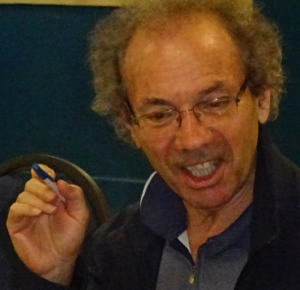
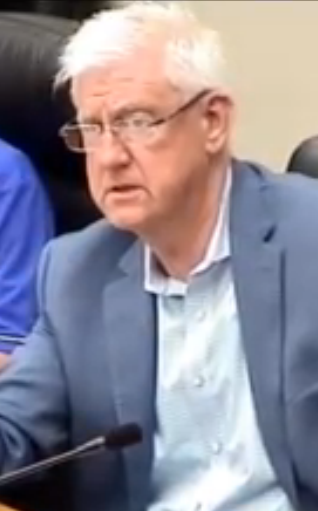
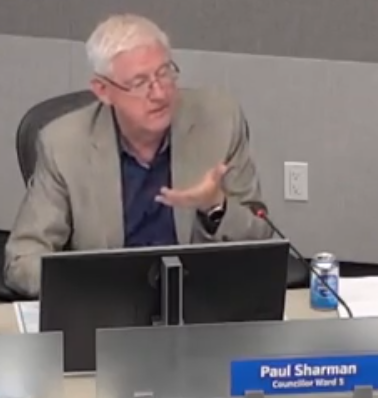
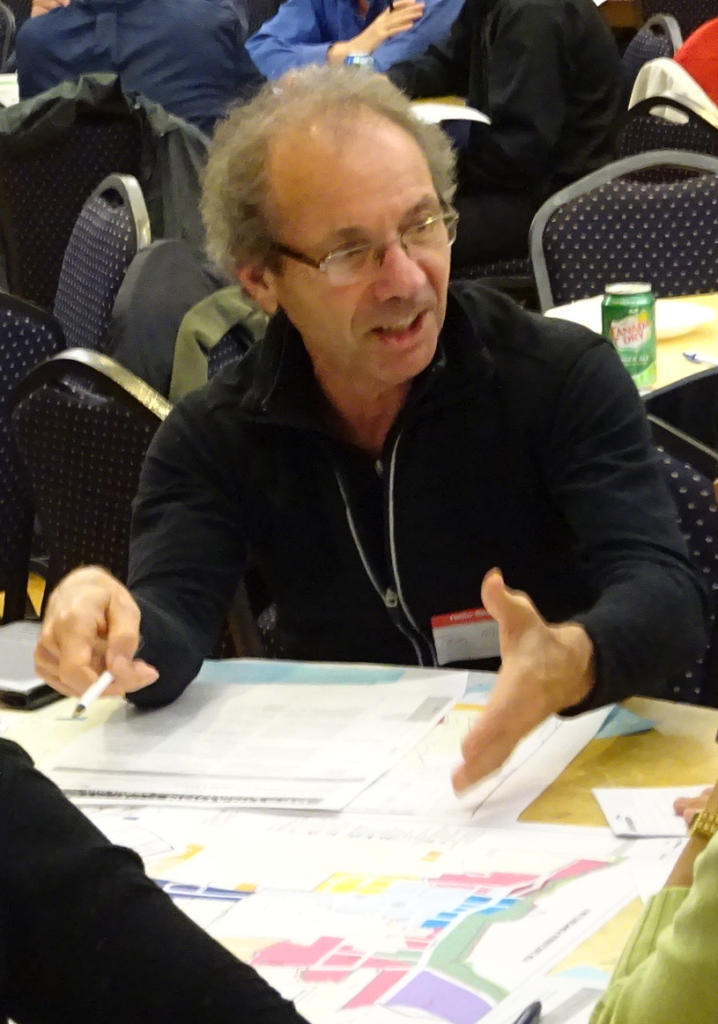
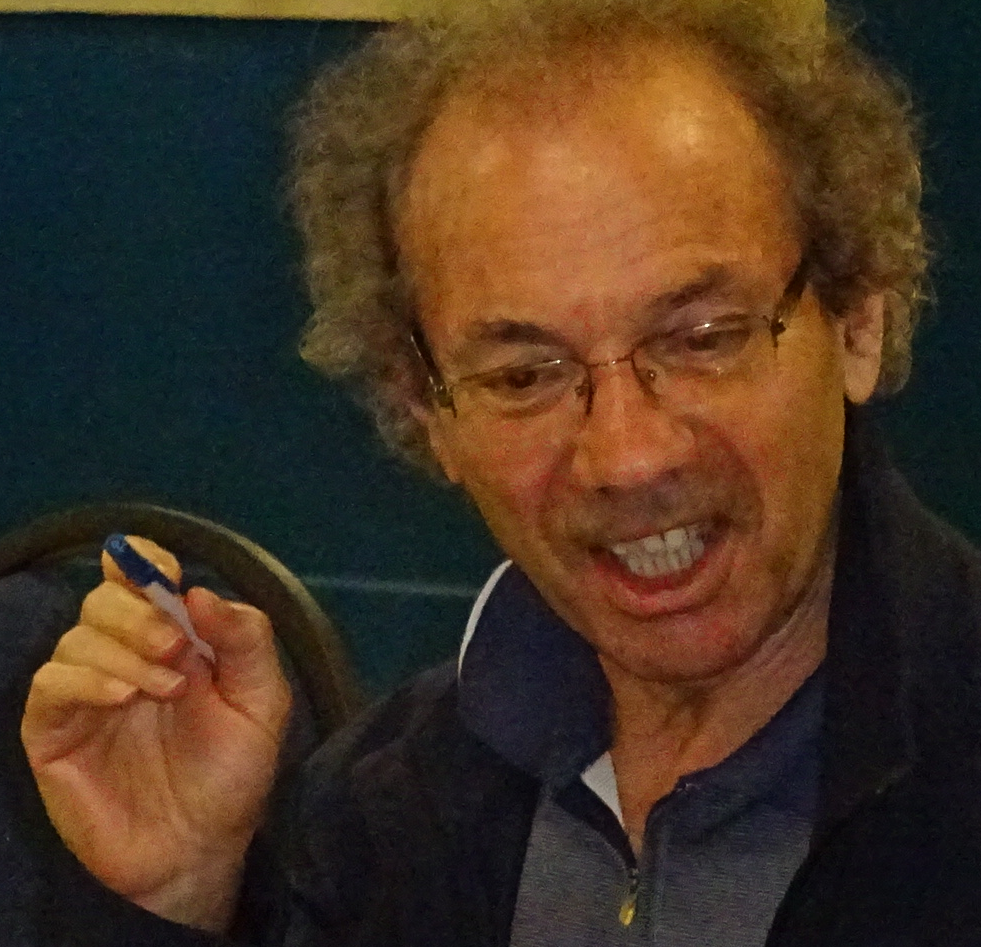
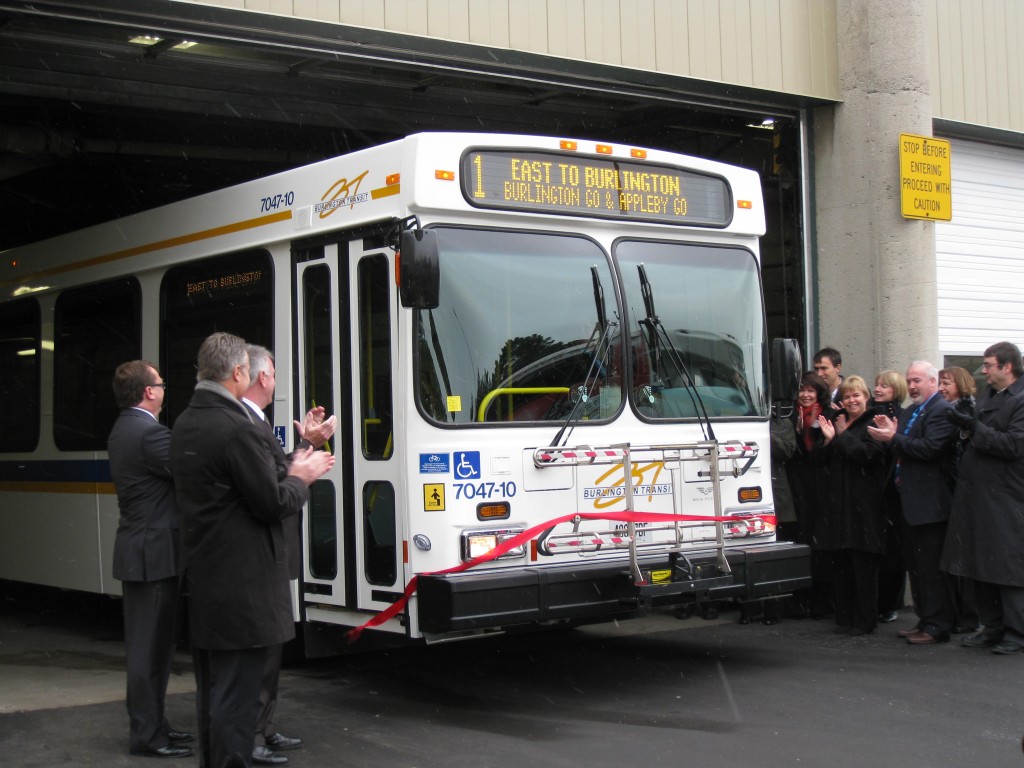

(Couple of million in high priced talent welcoming a new bus into the fleet.) Just about sums up all you need to know about the city hall of mirrors.